Author: Karol
-
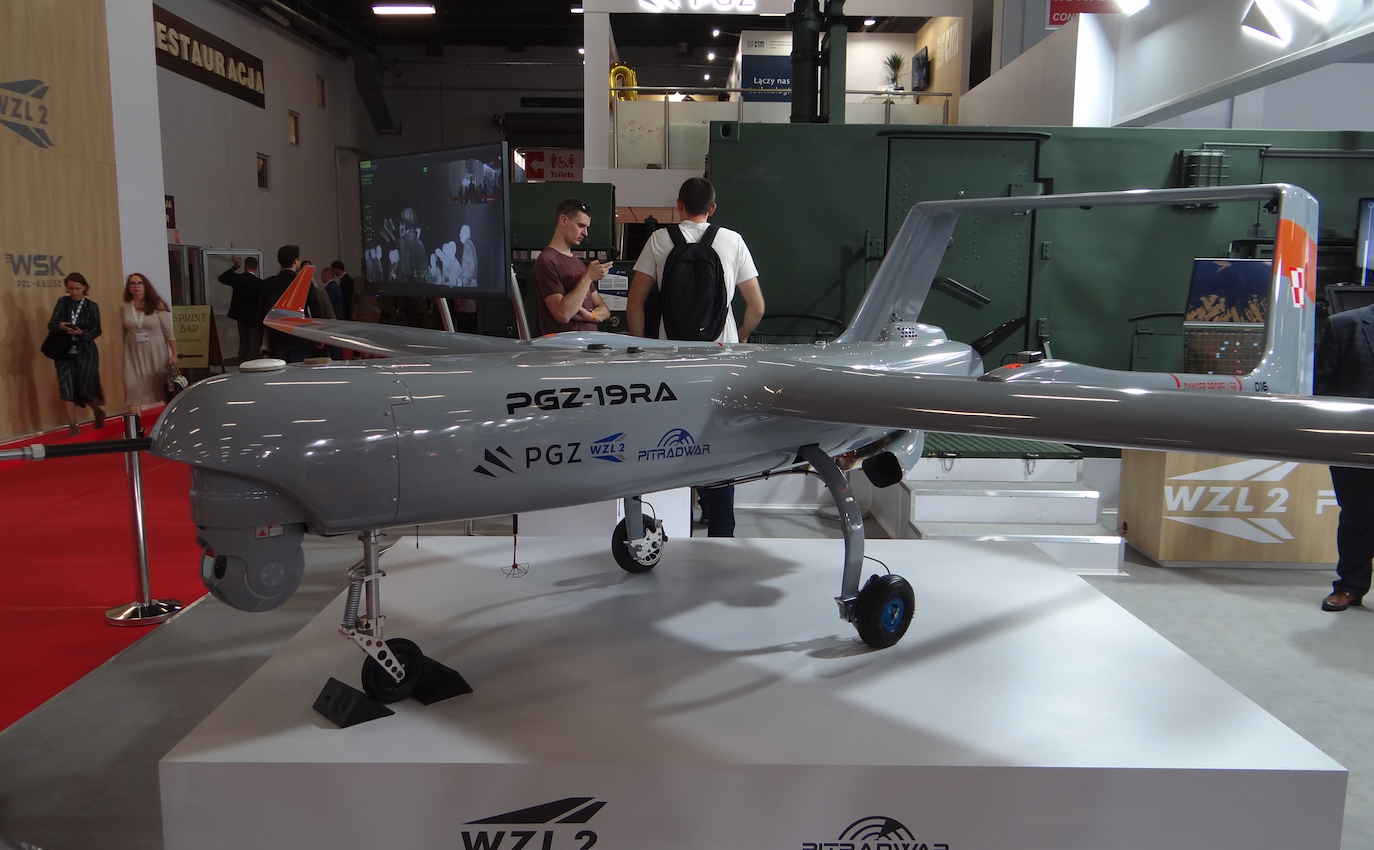
BSP PGZ-19RA Orlik. 2025
Kielce 2025-02-03 BSP PGZ-19RA Orlik. The PGZ-19RA Orlik UAV is an unmanned aerial vehicle developed by the Polish Armaments Group and other Polish entities, designated 19RA and named Orlik. The story began in 2015, when the first procedure for the acquisition of new unmanned aerial vehicles (UAVs) for the Polish Army began. In March 2016,…
-
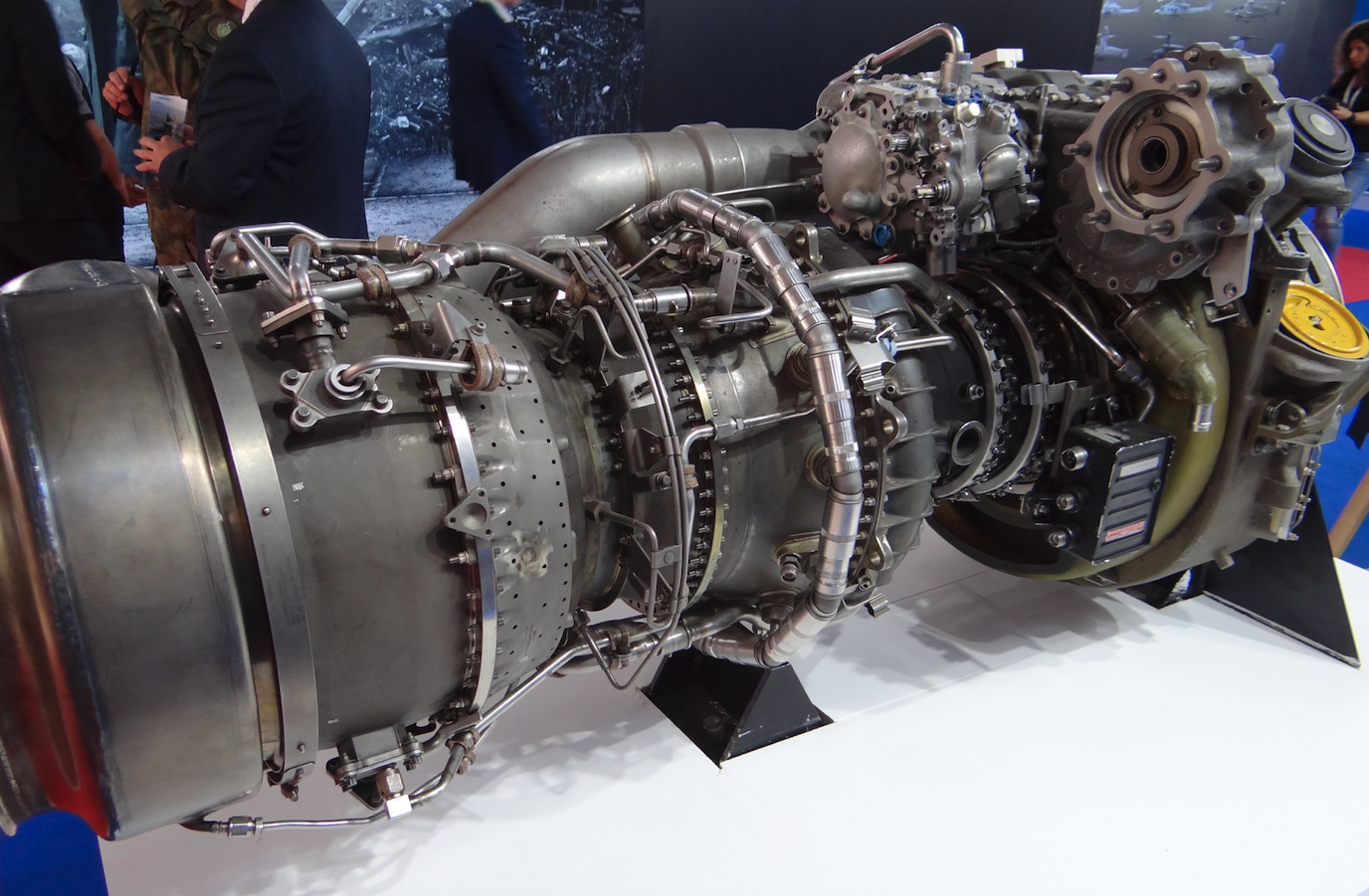
General Electric T-700, CT-7 engines. 2025.
Kielce 2025-01-25 General Electric T-700, CT-7 engines. The General Electric T700 is a turbine engine developed in the USA by General Electric and initially dedicated to helicopter propulsion. The prototype of the engine was launched in 1973. The engine was used as the main drive for helicopters and aircraft: Bell AH-1W Super Cobra, Bell AH-1Z…
-
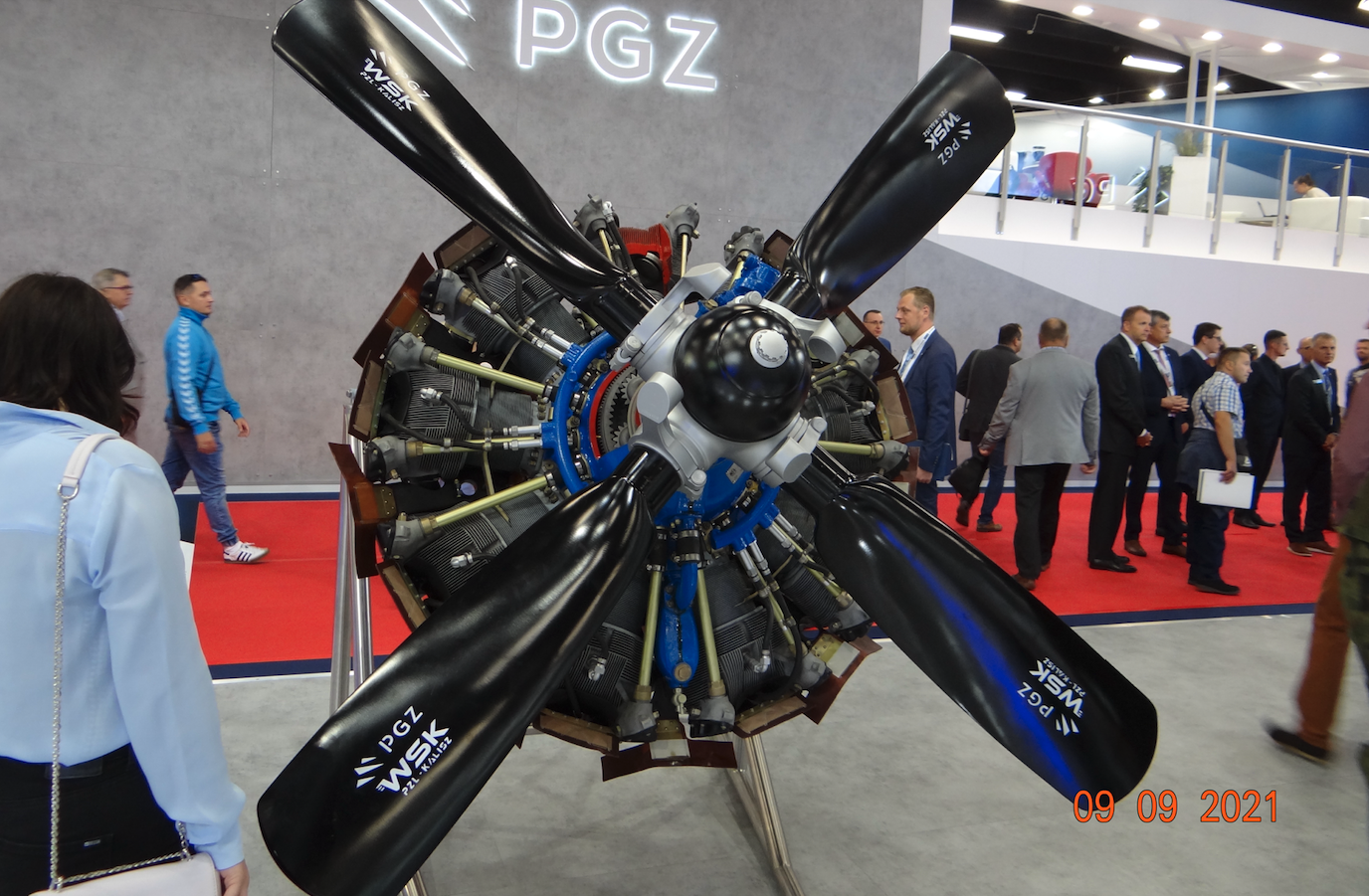
PZL Kalisz ASz-62 IR aircraft engine. 2025.
Kalisz 2025-01-23 ASz-62 IR. 1960. The PZL Mielec plant became the main manufacturer of the An-2 aircraft. It was also decided to locate the production of engines for these aircraft in Poland. Initially, engine production was planned to be located only in PZL Rzeszów, where production lasted from 1960 to 1963. However, a decision was…
-
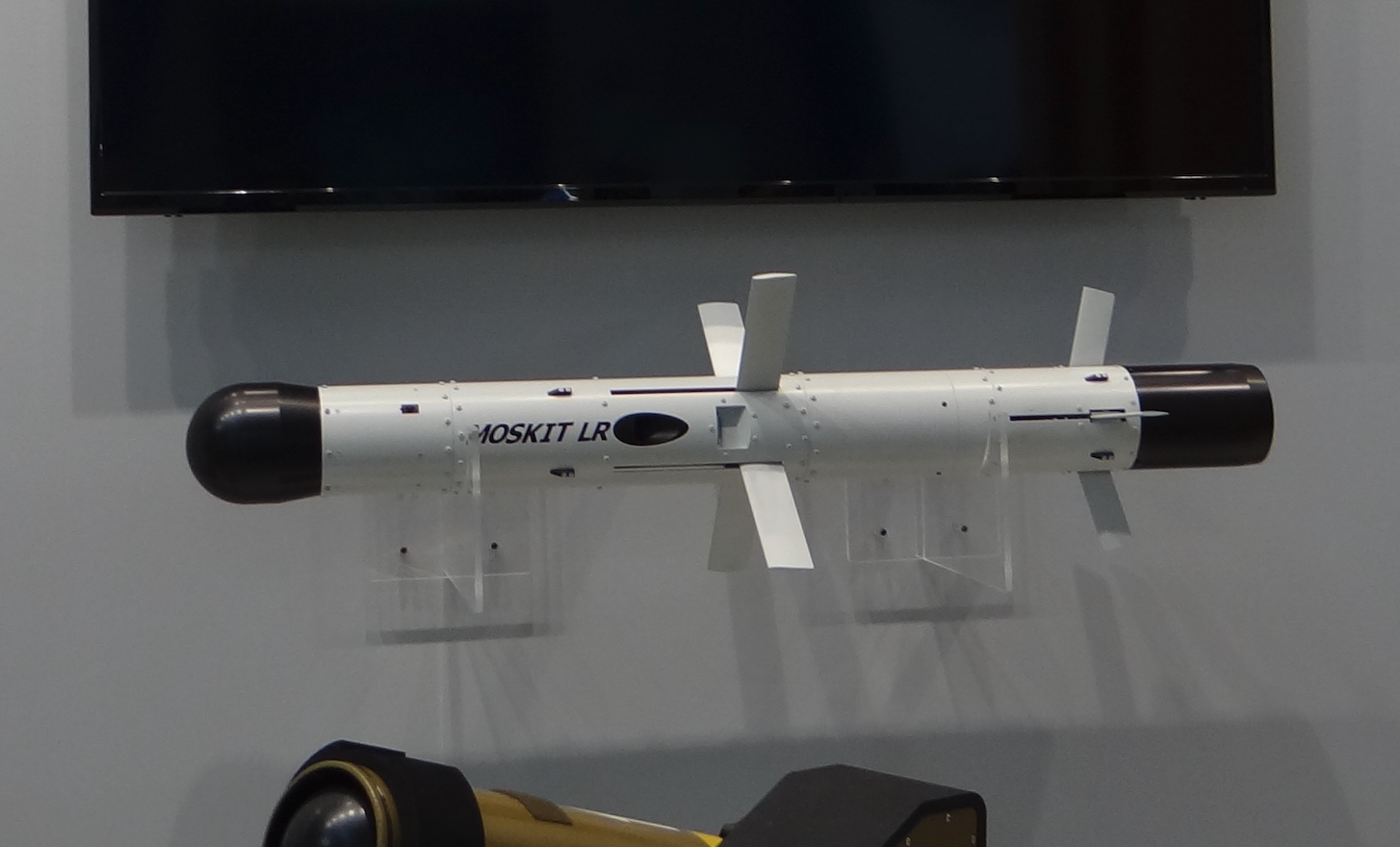
Anti-tank guided missile MOSKIT. 2025
Kielce 2025-01-23 Anti-tank guided missile MOSKIT. WB Electronics presented not only the “Warmate” family drones in Kielce during the MSPO 2024 trade fair, but also once again presented the Moskit ATGM. The war in Ukraine has clearly shown that anti-tank guided missiles are still of great importance. In the war, Ukraine uses the American FGM-148…
-
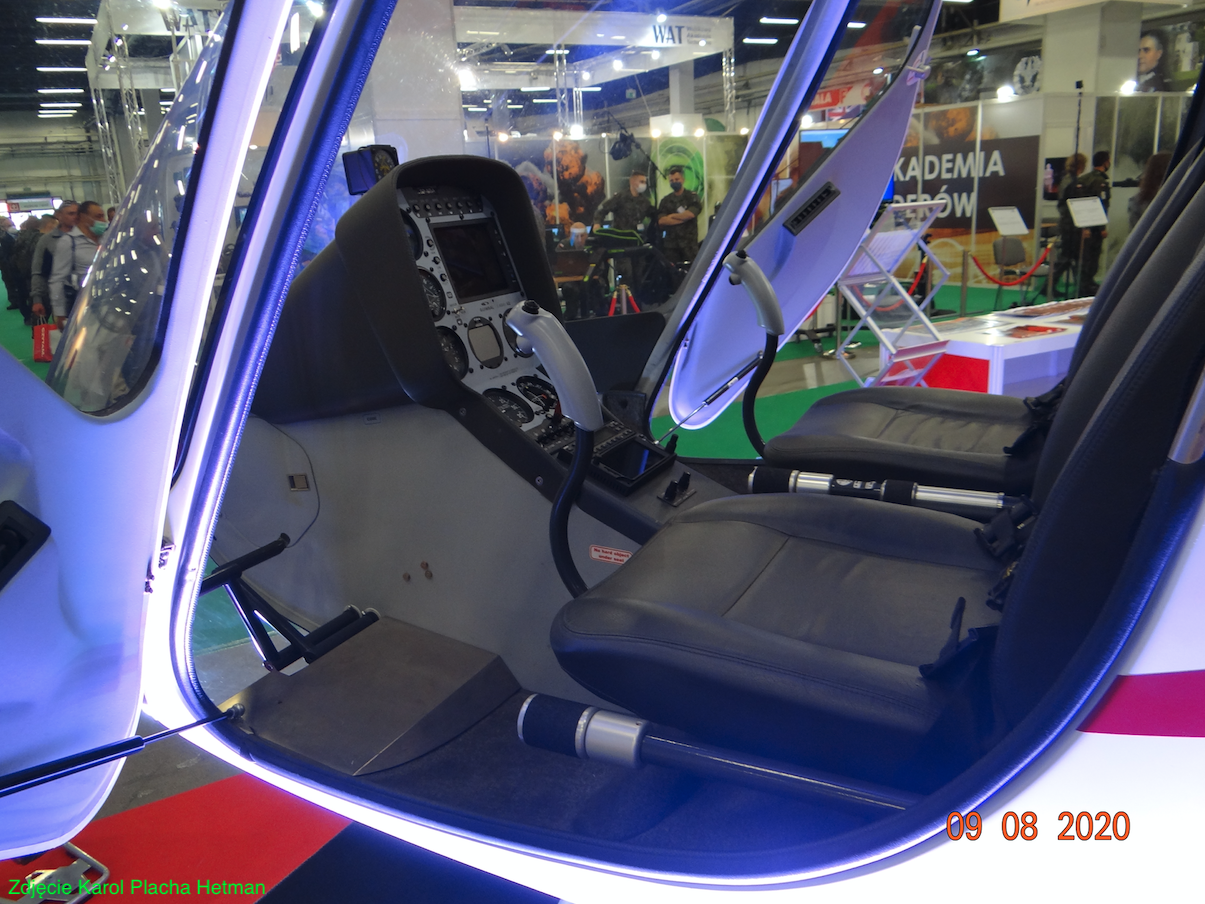
Helicopteres Guimbal Cabri G2. 2013
Warszawa 2018-09-21 Hélicoptères Guimbal Cabri G2. History. The Guimbal Cabri G2 is a light two-seat helicopter manufactured by Hélicoptères Guimbal, powered by a piston engine. It was designed by Bruno Guimbal, a former Eurocopter engineer. The beginnings of work on the helicopter date back to the 80s. The demonstrator made its first flight in 1992.…
-
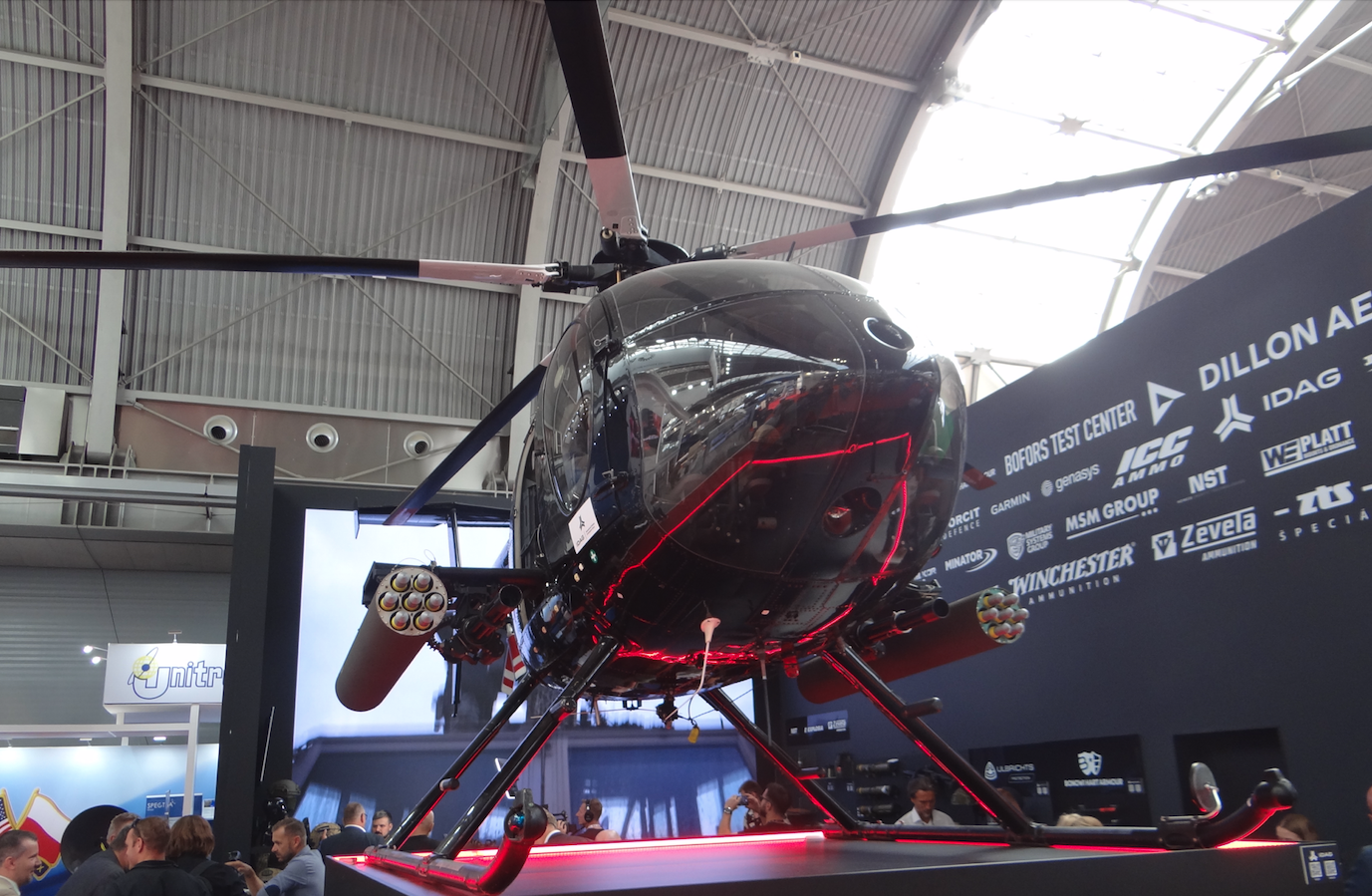
Hughes 369E, McDonnell Douglas MD-500. 2025
Kielce 2025-01-16 Hughes 369E, McDonnell Douglas MD-500. McDonnell Douglas MD-500 is an American single-engine light multi-role helicopter built in the classic Sikorsky layout. The helicopter uses a five-blade main rotor. A single turbine engine is used for propulsion. Work on the helicopter was started by Hughes in 1963. The first flight took place on February…
-
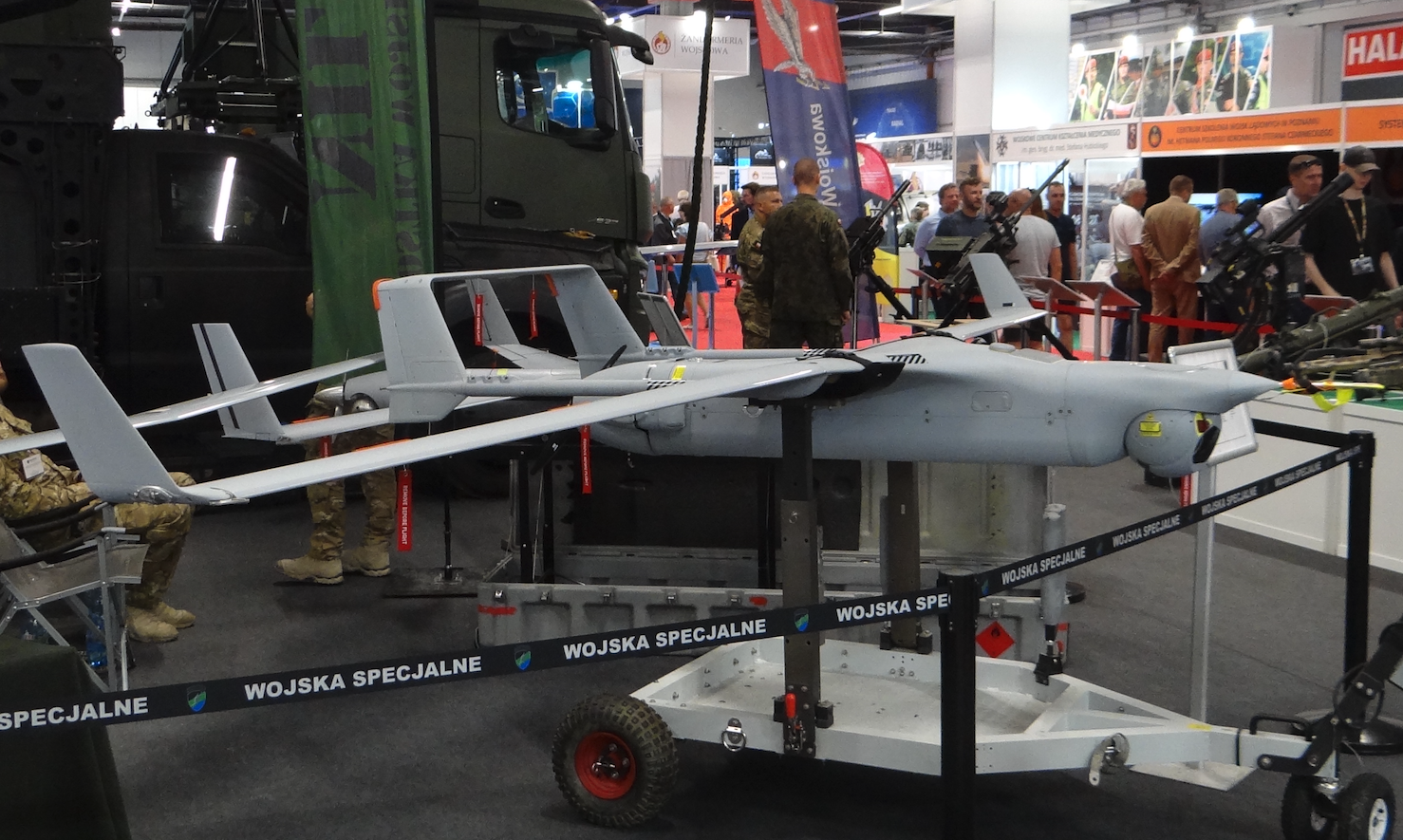
UAV Boeing Insitu RQ-21 BlackJack. 2025
Kielce 2025-01-16 UAV Boeing Insitu RQ-21 BlackJack. The Boeing Insitu RQ-21 BlackJack / Integrator UAV is an unmanned aerial vehicle developed in the United States by two companies: Boeing and Insitu. The device made its first flight on July 28, 2012. The device is powered by a single 8 HP piston engine. The Boeing Insitu…
-
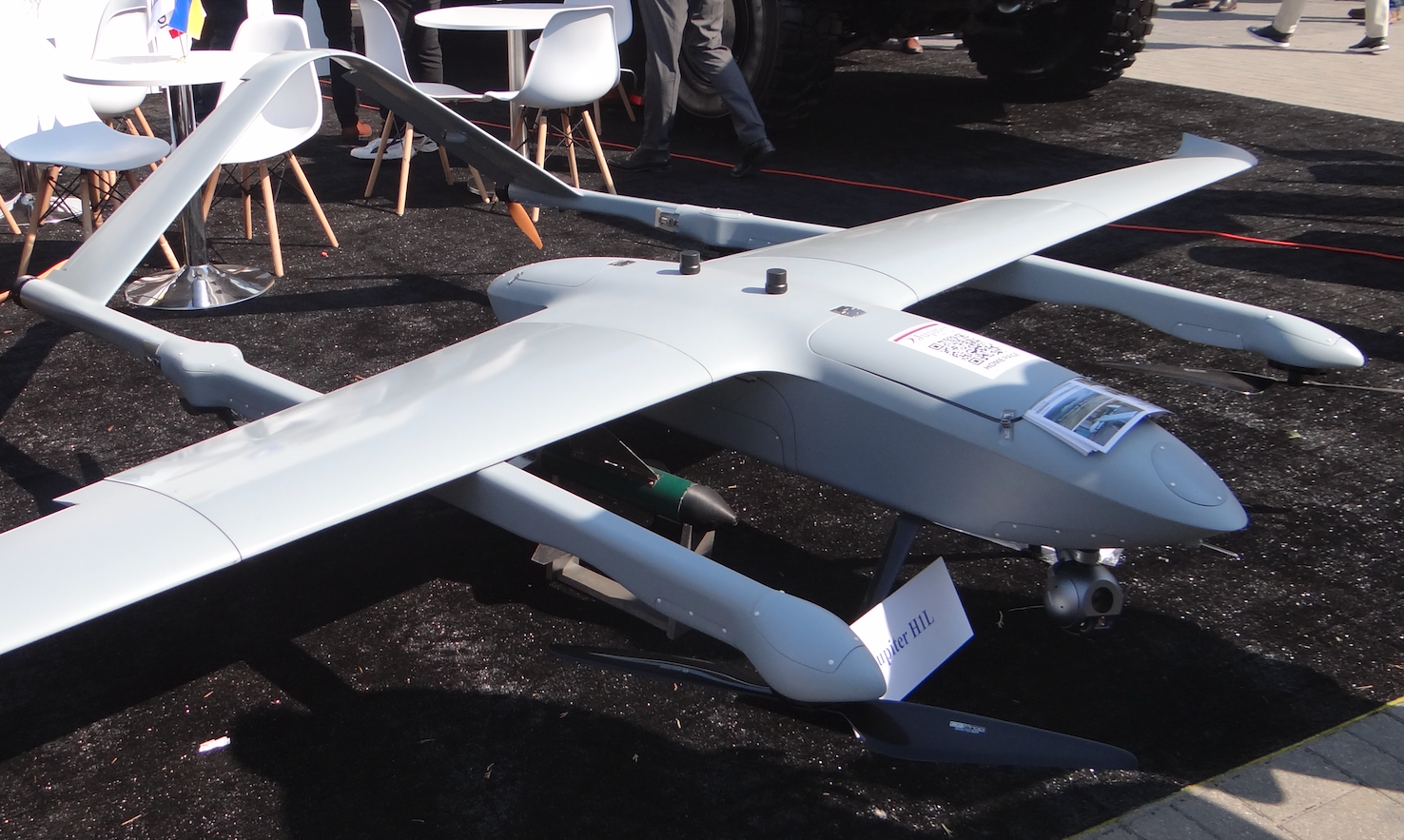
UAV Jupiter Hunter-1L. 2025
Kielce 2025-01-15 UAV Jupiter Hunter-1L. The Jupiter Hunter-1L UAV is a combat drone that is powered by electricity from batteries placed on board. The UAV is capable of vertical take-off and landing, and can hover in the air, which is why it is classified as a VTOL. The Jupiter Hunter-1L UAV is designed for reconnaissance…
-
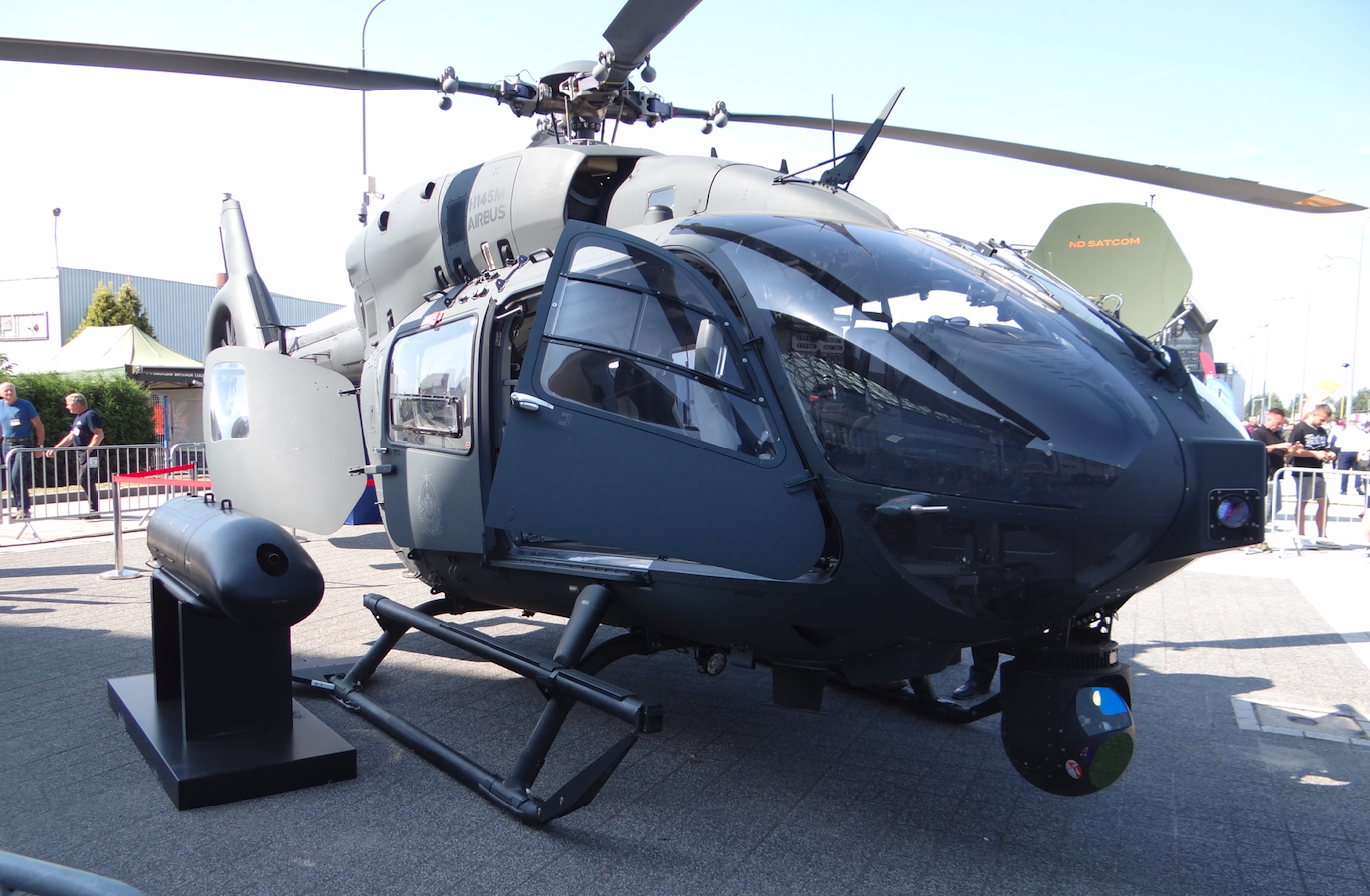
Airbus Helicopters H-145. 2025
Kielce 2025-01-14 Airbus Helicopters H-145. The Airbus Helicopters H-145 is a light, twin-engine, multi-role helicopter, currently produced by Airbus Helicopters. First, it should be noted that the helicopter has several designations, which are closely related to the organizational changes in the European helicopter industry. Initially, the helicopter was designated BK-117, then Eurocopter EC-145, and currently…
-
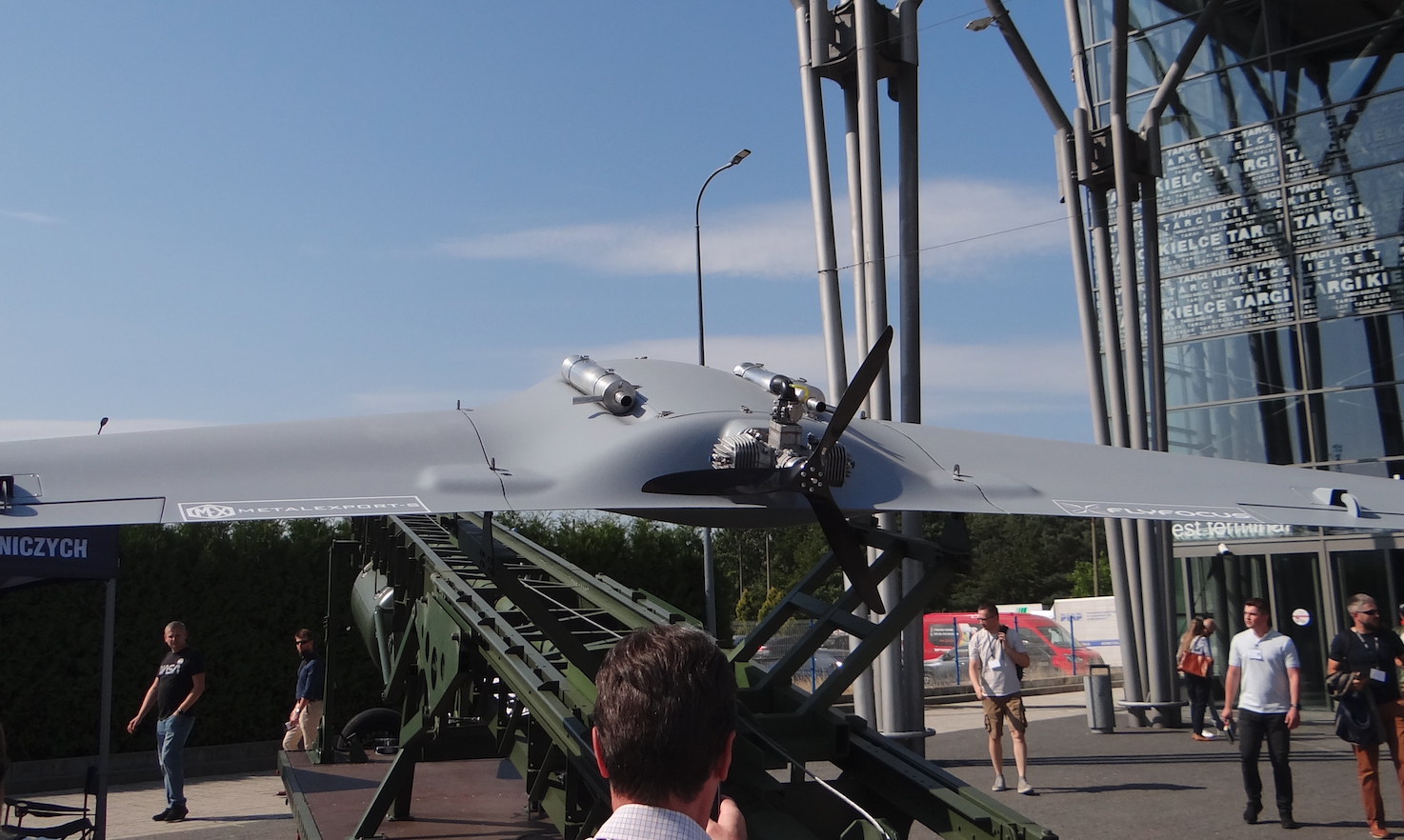
Air Force Institute of Technology UAV STRIKER. 2025
Kraków 2025-01-14 Air Force Institute of Technology UAV STRIKER. In recent years, the Air Force Institute of Technology has developed an advanced STRIKER UAV system, which is capable of precisely destroying moving and tangential targets, at a distance of up to 1,000 km. The system uses a WS-150 launcher. The system is highly mobile, which…
